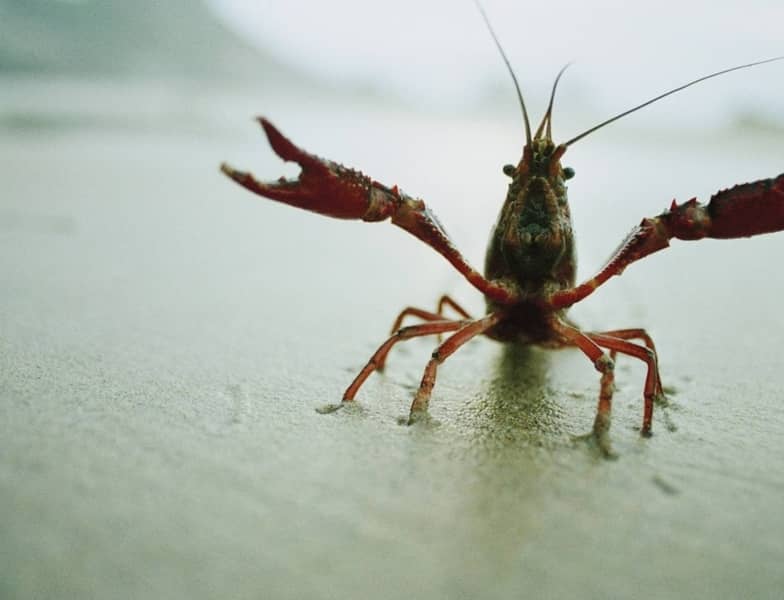The terms ‘river’ and ‘sea’ seem to denote two different worlds. But when it comes to the Caspian Sea and river crayfish, the issues get a little more complex. Why do crayfish, which are most often found in rivers, inhabit the largest enclosed body of water on the planet? Where’s the catch? Let’s find out.
Apart from its geographical uniqueness, the Caspian Sea has special ecological conditions. Although it has the word “sea” in its name, the Caspian Sea actually has low salinity. This makes it an ideal habitat for river crayfish, which prefer freshwater or slightly salty bodies of water.
The geological history of the Caspian Sea also plays a role in this unexpected ecological phenomenon. At different periods of its existence, the Caspian Sea was both a lake and a river. These changes in landscape could have contributed to the migration of various species, including river crayfish.
River crayfish, despite their name, demonstrate an incredible ability to adapt. They are able to survive and thrive in a wide range of habitats, provided they are not too extreme. That’s why the Caspian Sea turns out to be home to these amazing creatures.
In short, the catch in the story of the Caspian Sea and river crayfish lies not in the fact that they live outside their “natural” environment, but in the fact that this environment is actually ideal for their habitation. This unique ecological phenomenon is an example of how species can adapt and flourish in the most unexpected conditions, underscoring the flexibility and resilience of the living world.

